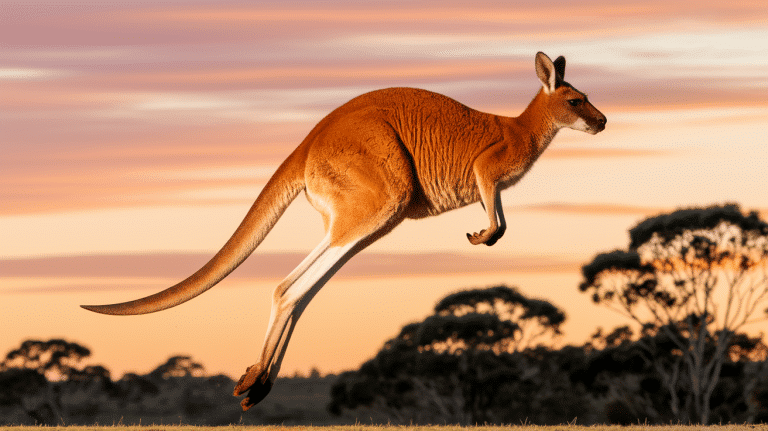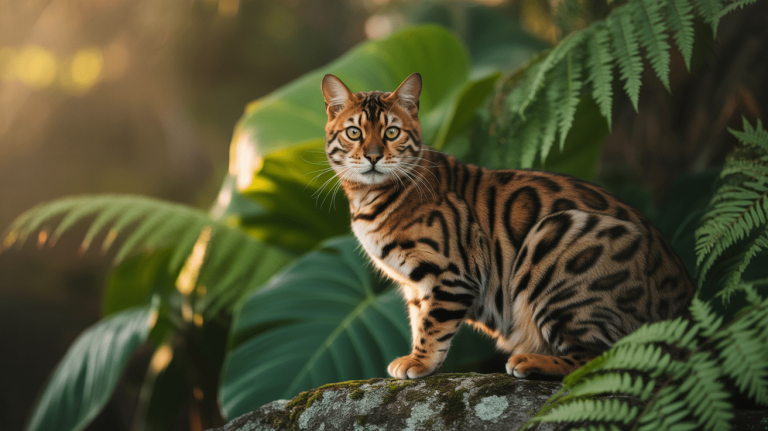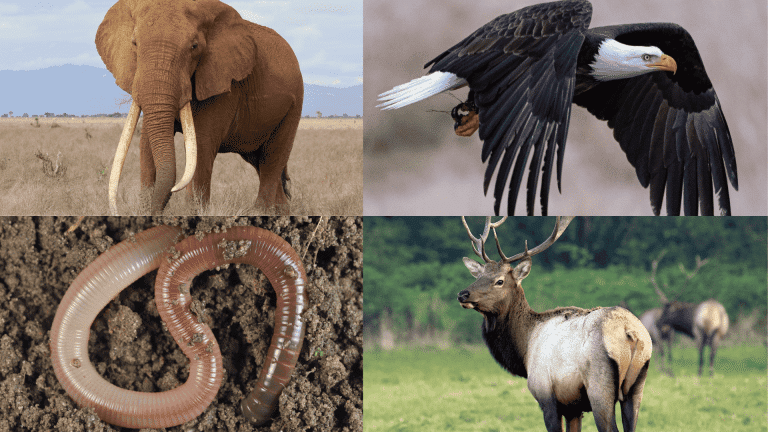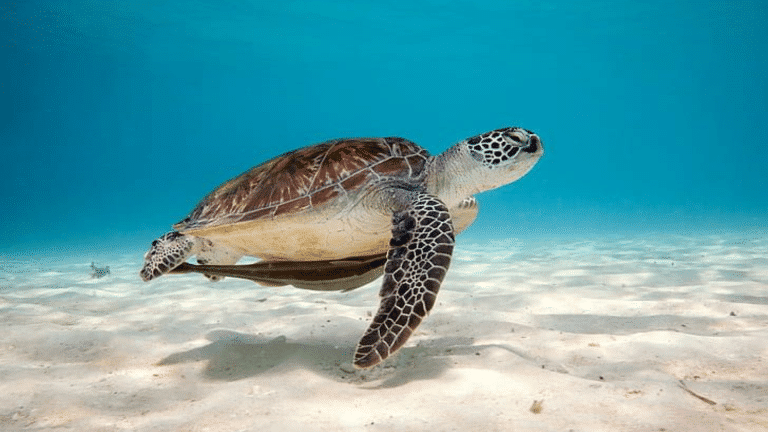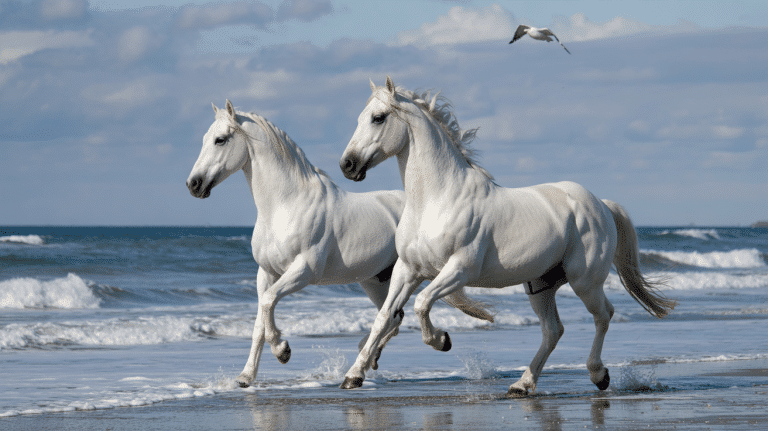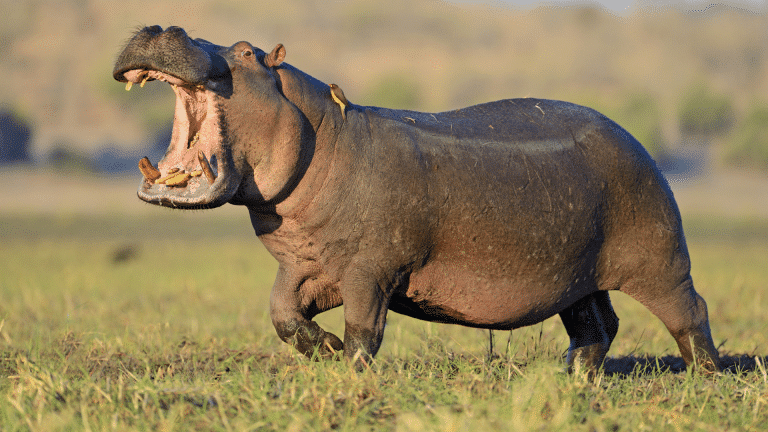When you think of cute, bouncy creatures full of liveliness and charm, kangaroos quickly come to mind! Finding the right name adds a special touch, whether you have…
Curious felines with untamed spirits deserve names that match their wild hearts. Domesticated wild cats, those adventurous housecats with a hint of jungle in their DNA, bring the…
Life in the desert isn’t easy. The days are hot. The nights can be freezing. Water is scarce, and the soil is dry. Yet, some plants not only…
Ever spotted a majestic eagle soaring through the sky? Wonder what other incredible creatures share that first letter? The animal kingdom is packed with amazing species, beginning with…
Some pets look like they came straight from a sunny beach. Others have the spirit of the sea in their eyes. If your pet reminds you of warm…
Ever spotted a turtle basking in the sun and wondered what it really is? You’re not alone! That shell-carrying creature that moves between land and water often leaves…
Angel numbers are repeating numerical sequences that serve as communications from the spiritual realm. When you repeatedly encounter the same number, it often indicates that your guardian angels…
Ever wondered why that sleek marine mammal you spotted wasn’t what you thought? Millions mistake porpoises for dolphins (and vice versa) every year. These remarkable ocean dwellers share…
White horses have always captured hearts with their breathtaking beauty and classic grace. Seen as symbols of purity, magic, and strength, these majestic creatures deserve a name that…
Ever found yourself staring at your hippo plush, wondering what to call it? You’re not alone. Naming a hippo buddy isn’t just about picking any random word. The…

